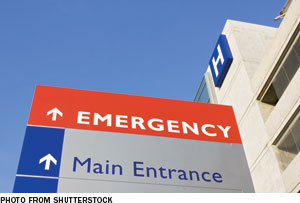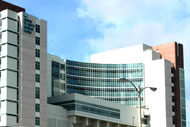 With emergency departments (EDs) becoming the common entry point for patients with nonurgent needs, health care leaders are rethinking how an ED needs to function.
With emergency departments (EDs) becoming the common entry point for patients with nonurgent needs, health care leaders are rethinking how an ED needs to function.
Faced with long wait times and low satisfaction scores, Good Shepherd Medical Center, Longview, Texas, reinvented its ED in recent years. As part of a program called Care Direct, established in 2010, it has pursued a three-pronged approach to nonurgent patients in the ED, Ron Short, vice president of operations, told Health Facilities Management's sister publication Hospitals and Health Networks.
Clinicians perform a medical screening on the patient, figure out a transition path and try to connect patients with a primary care physician (PCP) when they don't have one. In the first year, the Care Direct coordinator consulted with 2,000 patients and connected 386 with a PCP or specialist.
For those without insurance — about 35 percent were classified as self-pay — Good Shepherd made payment arrangements with the clinic and didn't burden the patient with a sizable ED bill. Key to the approach, Short says, is sitting down with patients, showing them empathy and explaining why they're better suited to a different setting in the hospital.
"When done right with sensitivity and compassion — explaining that 'it isn't that we don't want to see you here, it's just that your problem is best taken care of with a family practice physician, with someone who can help you be healthier by seeing you longitudinally' — it can be effective," Short says.
The approach requires an integrated informatics system so emergency physicians are on the same page as clinics or other providers along the continuum.





